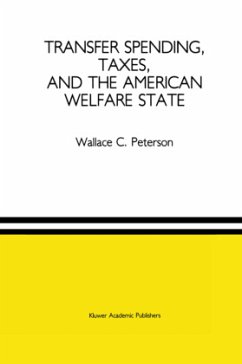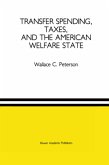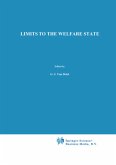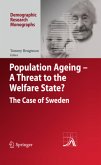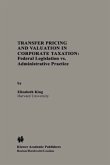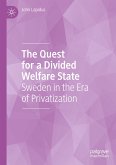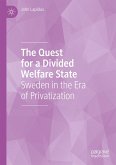In 1989 the federal government spent $1197 billion, a mind-boggling sum that is almost impossible to visualize. Since there were 248. 8 million people living in the United States in that year, the government spent an average of $4811 for every man, woman, and child in the nation. For a hypothetical family of four, federal spending in 1989 amounted to an average of$19,244. To put this sum in perspective, the money income of an American family averaged $35,270 in the same year. To finance spending $1197 billion, the government collected taxes from American citizens and residents in an amount of $1047 billion. Because of a shortfall between what it spent and what it took in taxes, the government had to borrow $150 billion, partly from individuals, but mostly from banks, insurance companies, and foreigners. How, where, and on whom did the federal government spend all this money? Since federal spending in 1989 totaled 23 cents in comparison to every dollar spent for the buying of goods and services, finding an answer to this question is not a trivial matter. Spending by Washington reaches into every nook and cranny of the economy, touching the lives and fortunes of almost everyone in the nation. Thus, answers to these questions are of more than academic interest.
Hinweis: Dieser Artikel kann nur an eine deutsche Lieferadresse ausgeliefert werden.
Hinweis: Dieser Artikel kann nur an eine deutsche Lieferadresse ausgeliefert werden.
`Let there be no doubt. Some of the best economic comment in our time, unabashedly liberal and egalitarian, comes these days like a fresh breeze from the Great Plains. The source is Wallace Peterson, a longtime professor and truly distinguished scholar at the University of Nebraska. He was never more cogent than in this well- quantified, high readable treatise on what constitutes good and decent government in our time.' John Kenneth Galbraith, Harvard University, 1990 'This book would serve well as a text for a graduate or upper level undergraduate course looking at the role of government in income distribution...it is a handy collection of facts on government benefits.' Journal of Economic Literature 30 1992
`Let there be no doubt. Some of the best economic comment in our time, unabashedly liberal and egalitarian, comes these days like a fresh breeze from the Great Plains. The source is Wallace Peterson, a longtime professor and truly distinguished scholar at the University of Nebraska. He was never more cogent than in this well- quantified, high readable treatise on what constitutes good and decent government in our time.'
John Kenneth Galbraith, Harvard University, 1990
'This book would serve well as a text for a graduate or upper level undergraduate course looking at the role of government in income distribution...it is a handy collection of facts on government benefits.' Journal of Economic Literature 30 1992
John Kenneth Galbraith, Harvard University, 1990
'This book would serve well as a text for a graduate or upper level undergraduate course looking at the role of government in income distribution...it is a handy collection of facts on government benefits.' Journal of Economic Literature 30 1992

